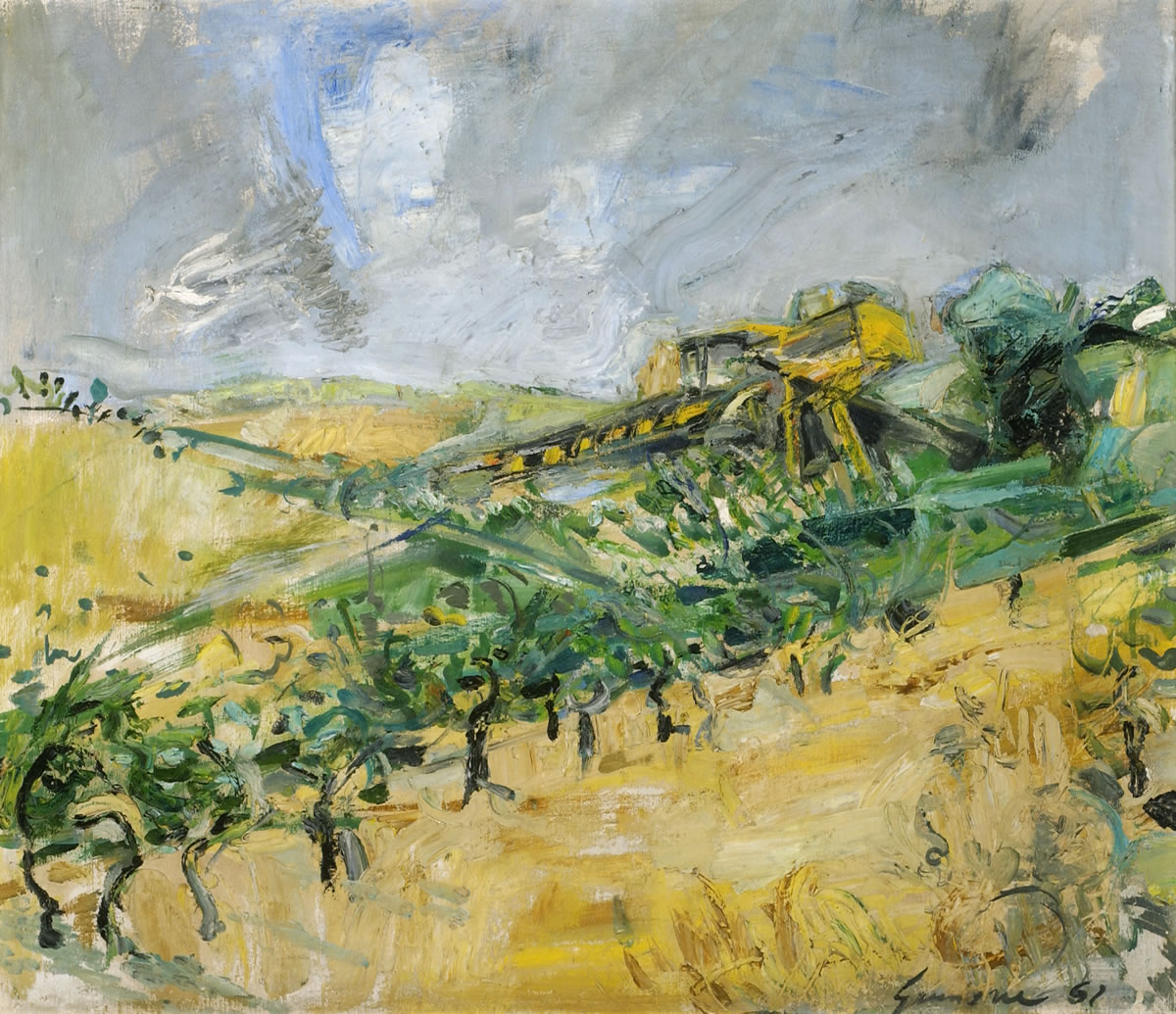After graduating from the Art Institute in Catania, Piero Guccione relocated to Rome where he worked as a graphic artist. From 1955 to 1958, he moved in the milieu of Neorealist painters from Il Pincio gallery. In 1960, he held his first solo show at the Elmo gallery in Rome. In those years, he joined the Il Pro e il Contro art group. Toward the mid-1960s, he became assistant to Renato Guttuso, and later chaired a course at the Academy of Fine Arts in Rome. He displayed his works at the Venice Art Biennale for the first time in 1966, and then again on three other occasions: in 1978, 1982, and 1988. In 1971, his first anthological exhibition was hosted at Palazzo dei Diamanti in Ferrara. In 1985, his oeuvre was exhibited at the Metropolitan Museum in New York. In 1995, he was honoured with the recognition/title of Accademico di San Luca and, in December 2004, was awarded with the Golden Medal of the Presidency of the Italian Republic for his merits in art and culture.

– title: Forma nuova nella campagna di San Giovanni [New Figure in the San Giovanni Countryside]
– date: 1962
– medium: oil on canvas
– size: 88×100 cm
– description: Piero Guccione presented his Forma nuova nella campagna di San Giovanni [New Figure in the San Giovanni Countryside]at the third edition of the Masaccio Painting Awards (1962), where he won fifth prize. In the initial editions of the awards, the competing artists were requested to create works depicting the Valdarno area, its urban layout or countryside. Here, Guccione depicted a view of the landscape surrounding the town of San Giovanni Valdarno, highlighting not only the hills softly sloping towards the Casentino mountains, but above all what remained of the lignite extraction sites – a fossil wood used as coal that nurtured the rapid industrialisation of the Valdarno region. The artist’s aim was precisely to leave a snapshot of the situation for posterity: at the centre of the composition, an excavator transforms the landscape by contrasting the ochre-colour earth that is being dug and overturned. Thanks to restless brushstrokes, the painting manages to convey the relentless action of the excavator, which resembles a phagocytotic monster towering at the centre of the representation, as the title itself anticipates.